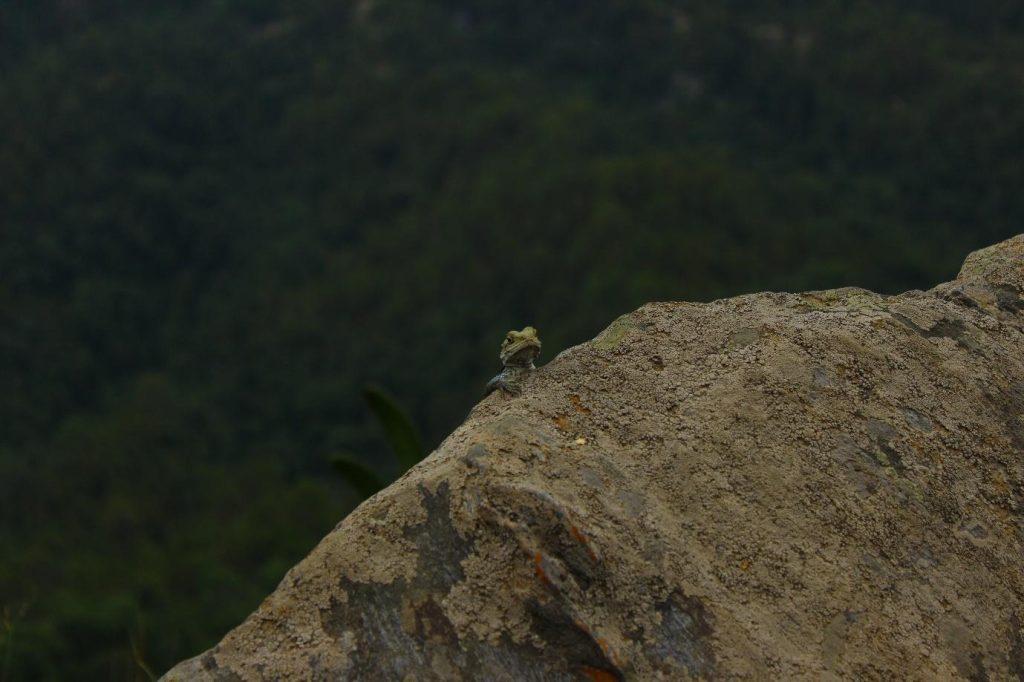Photographic phenotype of a rheumatologist

Consultant, Department of Rheumatology, Rheumatology Clinic, New Delhi, India
I am a rheumatologist with a special interest in imaging. I feel this has emerged because of my intrinsic inclination towards pictures and photography. I am a nature admirer and love travelling. It frequently happens to me that some unusual sight in a very unremarkable view of nature attracts my attention. I tend to capture those moments and appearances in pictures with the help of my digital single-lens reflex (DSLR) camera. And when I look back into those pictures, I realise sometimes that nature appears much more beautiful in pictures. The sights which are otherwise not frequently observed by us, are brought-out so well in the pictures, which is remarkable!

Sea at the time of sunset
True essence of photography lies in capturing the pictures in a way that the view is brought out as well as desired. For example, in a valley between two mountains, the river flowing in between is the object of interest. The picture should be captured in such a way that when the viewer looks at the picture, the river attracts his/her attention right away. At the same time, the surrounding hills and plantations etc. should be conspicuous, but the river should stand-out remarkably. If a picture needs processing after it has been clicked, it means the camera or the skills of the photographer are suboptimal. In today’s modern world which is totally ruled by social media, everyone is clicking pictures with their smartphones, right and left. With easy availability of user-friendly picture editing softwares, these photos are quickly edited by making changes in colour saturation, hue, contrast, shadows and many more. These ‘unnatural’ edited pictures (as I call them) are instantly posted on social media platforms just to seek appreciation in the form of ‘likes’ and ‘comments’. However, that is not true nature! Actual photography aims at capturing the serene nature as it is. The quality of the camera and some basic skills of the photographer for manoeuvring the settings of the camera, both are essential for bringing-out the true beauty of nature in the pictures.

Splashing rainwater

Quarter of Moon standing out bright against the remaining dull moon
Size of the aperture and the speed with which the shutter opens and closes are two most important aspects of photography. They determine how much light enters the sensor of the camera when the shutter opens. This ultimately decides the final quality of the picture captured. These settings can be changed manually based on various factors like the amount of ambient lighting, relative brightness of back and foreground, the size and brightness of the object of interest in the whole frame. There are various advanced features like ISO, RAW, HDR etc. which can further alter the outcome of the pictures clicked.

A chameleon peeping from the edge of a cliff, 7500 feet above sea level
Photography is my caffeine and beer! It gives me energy, mental calmness and immense pleasure. The actual beauty lies in the natural and real allure of nature as it has been created by the ‘creator’! Editing pictures might attract transient charm, but what is real remains real forever!


